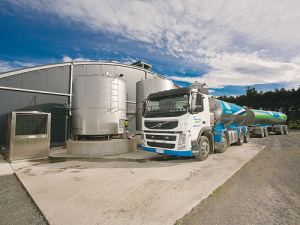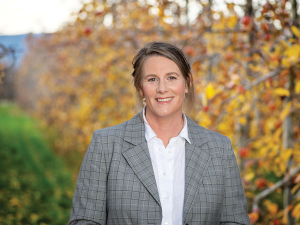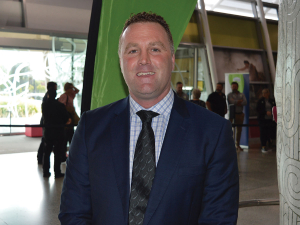Raw milk naturally contains low levels of bacteria. Effective cooling minimises bacterial growth and ensures the best quality milk gets to the co-op’s manufacturing plants.
Effectively cooled milk is also likely to reduce the risk of bacterial and/or senses demerits. Milk collected at elevated temperatures can put milk already in the tanker and milk at manufacturing sites at risk of failing regulatory temperature and microbiological requirements, and can contribute to fat damage during pumping.
What’s the right temperature for milk? MPI regulates milk cooling through the Code of Practice for the Design and Operation of Farm Dairies NZCP1, which states that milk needs to be cooled to 18.0°C at the completion of milking and to 7.0°C within three hours of the completion of milking.
The temperature of your farm’s milk is measured during collection by calibrated temperature probes on the tanker.
The pump on the tanker will cut off automatically if predetermined temperature thresholds are met.
What happens if milk is not cooled to the required temperature? Because food safety is so important to the co-op, there are circumstances in which Fonterra will not collect your farm’s milk:
If the temperature of your milk is greater than 18.0°C up to three hours into your collection window or greater than 14.0°C at any other time
If the temperature displayed on your gauge does not meet Fonterra’s temperature acceptance requirements (even if the temperature of the milk in the vat does meet those requirements)
If the temperature of your milk is greater than 18.0°C outside your collection window (unless you are still milking into a vat that was empty at the start of that milking).
If Fonterra doesn’t collect your milk because it does not temperature requirements, it will consider that rejected milk to have not been supplied.
You need to dispose of that milk at your own cost and it cannot be represented for collection.
Any milk pumped into the tanker to verify the temperature may be subject to quality testing, and any demerits you receive for presenting this milk will stand.
If you have a refrigeration fault and the milk temperature is 18.0°C or less up to three hours into your collection window or 14.0°C or less at any other time, Fonterra will typically:
Check the availability in the collection schedule to determine whether we can accommodate a special collection request
Try to collect your milk at the earliest possible time achievable based on tanker schedules. This milk must meet all MPI requirements.
If Fonterra pumps milk into the tanker then ascertains that it does not meet temperature requirements, it can reject the remainder of your milk. Fonterra cannot collect the remainder of the milk in the vat due to regulatory requirements.
In any such case it will consider that milk to have not been supplied and you need to dispose of that milk at your own cost and it cannot be re-presented for collection.
Any milk pumped into the tanker to verify the temperature may be subject to quality testing, and any demerits you receive for presenting this milk will stand.
Temperature too high
What if I think my farm’s milk is over 18.0°C at the completion of milking?
1. The first step is to secure the vat with an approved vat lock (available from your local Farm Source store).
2. Contact Fonterra as soon as possible to let us know you will not be supplying milk due to a cooling failure.
3. Dispose of the milk responsibly if you do not intend to hold it on farm for feeding to other animals.
4. If you need assistance with your cooling system, contact your local service provider or call the Farm Source service centre on 0800 65 65 68 for simple trouble shooting advice.
How can I be sure that my farm’s milk meets the requirements?
Check that your primary cooling is working correctly and efficiently:
Your primary cooling water should be as cold as possible. If it is above 16°C you should consider installing water tanks and a water cooling tower system
Avoid recirculation of primary cooling water; this increases the temperature of the water
Check that your water flow through the cooler is 2.5 - 3 times that of the maximum milk
Check your cooler plates are not dirty or blocked. Check the cooler plate compression is correct; over-tightening plate coolers will reduce its flow and efficiency.
Check your refrigeration unit before the peak of the season, to be sure that during the warmer months it can chill the milk to the required temperatures.
Work with your refrigeration provider/service company to be sure that your refrigeration unit is appropriate for your vat and volume of milk.
Install an effective digital vat temperature display that is easily read by your staff and tanker drivers.
If your vat base is faulty, contact your regional onfarm asset specialist or the Farm Source service centre on 0800 65 65 68.
















